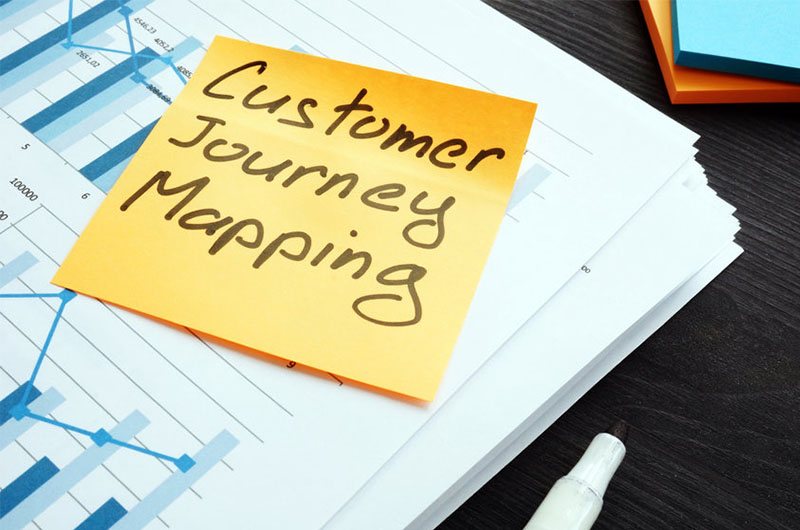Marketing has a single goal: to reach consumers at the very moment they decide to make a purchase. This is why Walmart puts chocolate bars and magazines in the check-out line, and Amazon has targeted product recommendations for users who are already logged in and ready to buy.
That’s why marketing now requires a complex strategy to merge the digital and real-world and keep your clients hooked.
What is the Customer Journey?
The customer journey describes all the steps a person takes from learning about a business, product, or service until they walk out of the business with the product in their hands and a smile on their faces.
There can be major differences in customer journeys based on the industry and whether you are selling to individuals or larger corporations. While your business and customers may have unique characteristics, there are universal steps that apply to all industries, such as:
- Awareness: learning about the business
- Interest: figuring out why they should buy from the business
- Searchability: locating the company and reading reviews
- Purchase: buying the product from the business
- Experience: advocating for the business and enjoying the product
Ultimately, though, you must build empathy with your client and focus on their path and problem, not your possible solution.
Defining Your Customer’s Path
Understanding your customer’s journey is crucial to growing your business. Unfortunately, there is no simple way to understand your customer’s experience, which is why many organizations use customer journey maps.


What is a Customer Journey Map?
A customer journey map (also called a user journey map) illustrates how your customers interact with your brand. It allows businesses to step into their customers’ shoes and see their business from the customer’s perspective. By being able to gain insights into customer pain points, you can improve them.
What Are the Benefits of Customer Journey Maps?
Visually breaking down your processes can help you see what customers are experiencing in real-time and identify pain points that need to be addressed.
There are two major advantages to this approach:
- Decision-makers can keep their focus on the customers.
- Each step of the buying process is simplified for potential leads.
Having the best marketing team won’t help you if your customers aren’t satisfied.
To improve your customer journey, sit down with your team and list every step of the sales process, from the first call to the closing. Make sure to cover every step, no matter how small, as you may discover frustrating processes that can be combined or eliminated.
Grow Your Business With Customer Journey Maps
When a customer first discovers your business, they should be entering a streamlined funnel that keeps them satisfied and coming back to you for all their business needs. For more articles on how to better run your business, subscribe to the StealthEnomics blog.
Or, if you need help mapping your customer journey, book a discovery call with StealthEnomics so we can help your small business be more proactive and preventative in your daily decision making!

